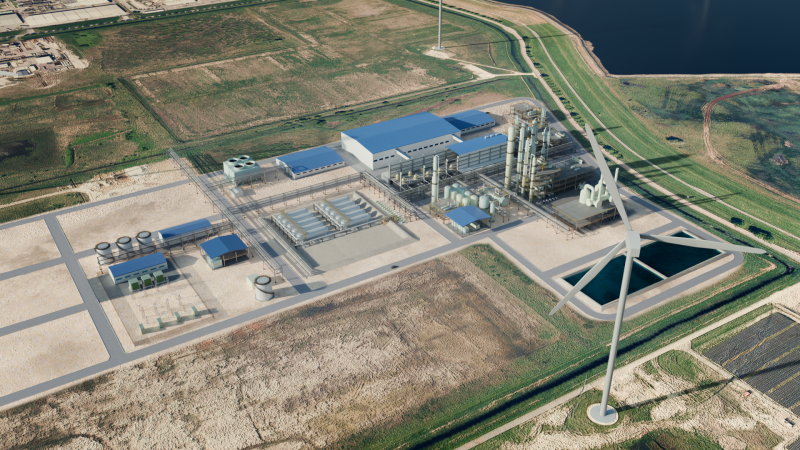Your cart is currently empty!
Elusive amorphous perovskites may increase solar cell efficiency
Amolf researchers have demonstrated that perovskites can, in fact, exist as amorphous materials. This discovery could significantly increase the efficiency of perovskite solar cells.
Perovskite solar cells are typically made from lead and organic cations and halide (bromide or iodide) anions. These materials are highly crystalline by nature, which is a good thing for solar cells because crystallinity increases efficiency. The amorphous state can be helpful too, however. The very best silicon solar cells feature an amorphous layer, which helps getting electrons out. This should work for perovskite solar cells as well.
Erik Garnett, Susan Rigter and colleagues of Amolf found that the quantity of one of the organic cations, ie methylammonium acetate, during perovskite synthesis influences the crystallinity of the resulting material. The more acetate precursor, the more amorphous it is. This turned out to be a widely applicable principle: it also works with other organic cations and halides.


